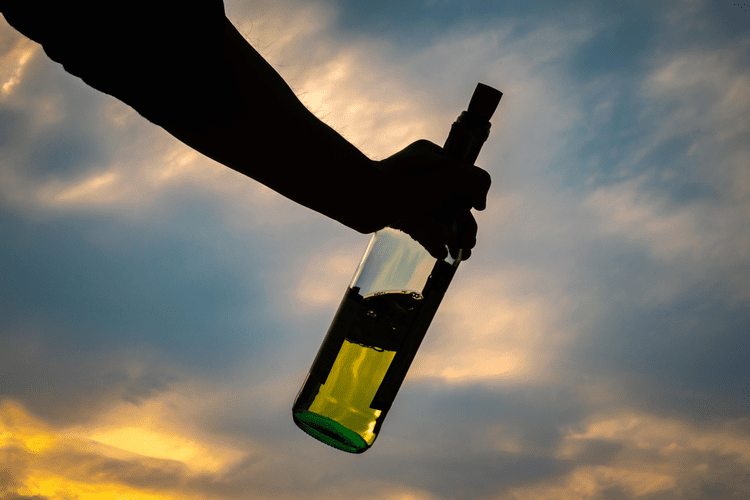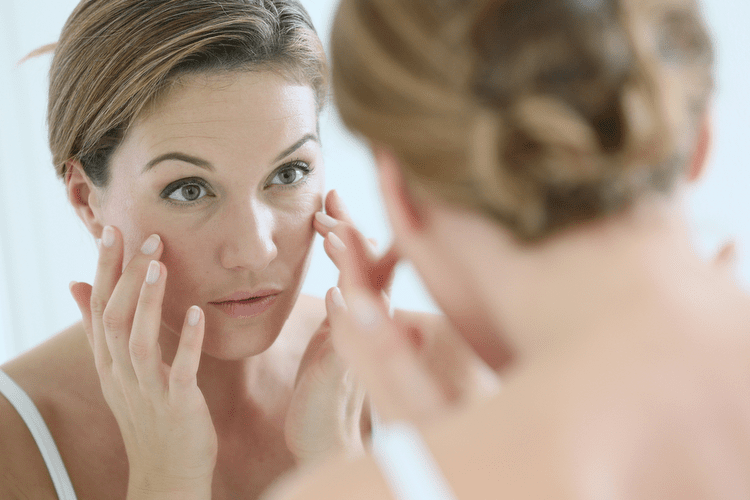
Ketone bodies are produced as an alternative energy source when glucose utilization is impaired, a common scenario in chronic alcohol users. However, excessive ketone body production leads to acidosis, the hallmark of AKA. During physical examination, healthcare professionals look for signs that are consistent with AKA, such as signs of dehydration and an alcoholic odor on the breath. The patient’s recent nutritional intake, particularly a history of poor oral intake or fasting, is also considered, as AKA often occurs after a period of relative starvation. Persistent vomiting and abdominal pain are common complaints that may be reported by the patient.
In contrast to diabetic ketoacidosis, the predominant ketone body in AKA is β-OH. Routine clinical assays for ketonemia test for AcAc and acetone but not for β-OH. Clinicians underestimate the degree of ketonemia if they rely solely on the results of laboratory testing. You can prevent alcoholic ketoacidosis by limiting your alcohol intake.
In the emergency department (ED), where AKA is frequently managed, patients often present with a history of alcohol use, whether acute or chronic, accompanied by symptoms such as nausea, vomiting, and abdominal pain. The diagnosis of AKA is primarily based on the history of alcohol consumption and clinical findings indicative of ketoacidosis without significant hyperglycemia. Patients with AKA typically present with symptoms after a bout of heavy drinking followed by cessation of alcohol intake, which may include nausea, vomiting, and abdominal pain.

Most cases of AKA occur when a person with poor nutritional status due to long-standing alcohol abuse who has been on a drinking binge suddenly decreases energy intake because of abdominal pain, nausea, or vomiting. In addition, AKA is often precipitated by another medical illness such as infection or pancreatitis. During starvation, there is a decrease in insulin secretion and an increase in the production of counter-regulatory hormones such as glucagon, catecholamines, cortisol, and growth hormone.
History and Physical
In general, the prognosis for a patient presenting with AKA is good as long as the condition is identified and treated early. The major cause of morbidity and mortality in patients diagnosed with AKA is under-recognition of concomitant diseases (that may have precipitated the AKA, to begin with). These include acute pancreatitis, gastrointestinal bleeding, and alcohol withdrawal.
- In normal metabolism, ketogenesis generates ketone bodies as an alternative energy source, especially for the brain and heart when glucose is scarce.
- Support groups can be a valuable source of support and can be combined with medication and therapy.
- Central to these symptoms is a feeling of deep, labored, and rapid breathing as the body attempts to correct the blood’s acidity, a condition referred to as Kussmaul respiration.
- Other electrolyte abnormalities concomitantly present with alcohol abuse and poor oral intake include hypomagnesemia and hypophosphatemia.
- Intravenous benzodiazepines can be administered based on the risk of seizures from impending alcohol withdrawal.
- The major cause of morbidity and mortality in patients diagnosed with AKA is under-recognition of concomitant diseases (that may have precipitated the AKA, to begin with).
Furthermore, individuals with AKA may also suffer from abdominal pain, nausea, vomiting, and diarrhea. The metabolic disturbances caused by AKA can lead to serious complications such as hypotension (low blood pressure), tachycardia (rapid heartbeat), and potentially fatal cardiac arrhythmias due to electrolyte imbalances. It is paramount for individuals displaying these symptoms to seek medical attention promptly, as AKA is a medical emergency that requires immediate care. Moreover, chronic alcohol consumption can also lead to alterations in the metabolism of other macronutrients, exacerbating the metabolic imbalance. Alcohol’s interference with lipid metabolism can prompt alcoholic steatosis, while its impact on carbohydrate metabolism can impair gluconeogenesis, further destabilizing blood glucose levels.
Such a plan not only aids in recovery from AKA but also contributes to long-term sobriety and health maintenance. Understanding the role of alcohol in metabolic processes is crucial for diagnosing and treating AKA. The toxic effects of alcohol metabolism, such as the production of acetaldehyde and impairment of liver function, underscore the pathogenic mechanisms leading to this serious condition. A more recent 10 fetal alcohol syndrome celebrities you’ll be surprised who! abstract from 2014 also agrees with the effectiveness of using a breath test to screen for blood glucose levels. A person who consumes large amounts of alcohol may not have a healthful diet or eat enough food to provide their body with energy. If the breath of a person who does not have a diabetes diagnosis smells of acetone, they should see a doctor who can check for diabetes and other causes of the smell.
An Overview of Alcoholic Ketoacidosis: Causes and Impact on the Body
However, in the context of AKA, excessive alcohol consumption combined with poor nutritional intake exacerbates the situation. Confirmation of the diagnosis includes laboratory tests that reveal metabolic acidosis with elevated beta-hydroxybutyrate levels and an increased anion gap. It is essential to differentiate AKA from other causes of metabolic acidosis, such as diabetic ketoacidosis, which is why the absence of significant hyperglycemia is a vital distinguishing factor. Since AKA can manifest after binge drinking episodes, the assessment should not be limited to chronic drinkers only.
Your doctor and other medical professionals will watch you for symptoms of withdrawal. Certain populations are predisposed to develop ketoacidosis including people with diabetes, people with a history of prolonged and heavy alcohol use, pregnant women, breastfeeding women, children, and infants. In this case, the body may produce ketones, and a condition called alcoholic ketoacidosis may develop. However, if there is too much glucose in the blood and too little in the cells — as can happen with diabetes — ketone levels can rise too high.

Additionally, alcohol metabolism in the brain has been linked to changes in gene expression, through mechanisms such as histone acetylation. Alcoholic ketoacidosis most commonly happens in people who have alcohol use disorder and chronically drink a lot of alcohol. But it can happen after an episode of binge drinking in people who do not chronically abuse alcohol. Alcoholic ketoacidosis doesn’t occur more often in any particular race or sex.
Why does my breath smell like acetone?
It is a clinical diagnosis with patients presenting with tachycardia, tachypnea, dehydration, agitation, and abdominal pain. This activity illustrates the evaluation and treatment of alcoholic ketoacidosis and explains the role of the interprofessional team in managing patients with this condition. Key diagnostic indicators include a history of heavy alcohol use, recent bout of heavy drinking followed by vomiting, and lack of food intake. Clinically, patients may present with symptoms such as tachycardia (rapid heart rate), tachypnea (rapid breathing), dehydration, agitation, and abdominal pain. The absence of significant hyperglycemia is a critical factor in distinguishing AKA from other forms of ketoacidosis. Ketoacidosis is a metabolic state caused by uncontrolled production of ketone bodies that cause a metabolic acidosis.
Alcohol abuse treatment programs teach people how to move into an alcohol-free lifestyle while teaching them healthy coping strategies. They can simultaneously help treat any co-occurring mental health know the difference between ethanol and alcohol issues. It is important for individuals recovering from AKA and their healthcare providers to work together to develop a comprehensive management plan that includes these lifestyle changes.
Meetings are widely available at little-to-no cost in most communities. Support groups can be a valuable source of support and can be combined with medication and therapy. Diabetes is not the only condition linked to breath that smells of acetone. The ADA recommends testing for ketones every 4–6 hours when a person is ill, such as with a cold or the flu. Ketone and blood glucose testing kits are available for purchase online. If a reading is above 240 milligrams per deciliter, the ADA suggests testing for ketones.
This article will look at DKA, what to do if symptoms occur, and other possible causes of acetone-smelling breath. Contact The Recovery Village Palmer Lake if you have questions about treatment or if you’re ready to get on the path to recovery and end your addiction to alcohol. For further details on the treatment approaches for Alcoholic Ketoacidosis, authoritative sources alcohol detox diet eating healthy during alcohol withdrawal such as NCBI Bookshelf and Medscape can be consulted. With timely and aggressive intervention, the prognosis for a patient with AKA is good. The long-term prognosis for the patient is influenced more strongly by recovery from alcoholism. The prevalence of AKA in a given community correlates with the incidence and distribution of alcohol abuse in that community.
If your body is not producing insulin, ketone bodies will begin to build up in your bloodstream. This buildup of ketones can produce a life-threatening condition known as ketoacidosis. Whether a person has type 1 or type 2 diabetes, an acetone-like scent in the breath can indicate diabetic ketoacidosis (DKA), a potentially life threatening complication that requires immediate medical attention. Alcohol consumption significantly influences metabolic processes, which can culminate in the development of Alcoholic Ketoacidosis (AKA).











